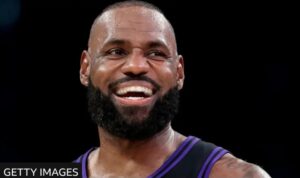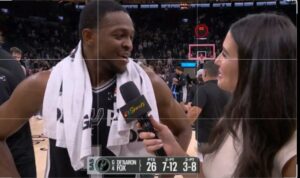Warriors’ Final Championship Push: Why Trading for Domantas Sabonis Could Secure Golden State’s Dynasty Extension
The Golden State Warriors are entering the final stretch of their championship window with Stephen Curry, and the organization has openly acknowledged a sense of urgency to maximize their chances before he retires. With the recent acquisition of Jimmy Butler, the Warriors have positioned themselves as legitimate contenders, but adding another star like Domantas Sabonis could elevate them even further.
According to The Athletic’s Sam Amick and Anthony Slater, Sabonis is expected to “seek clarity” regarding Sacramento’s long-term direction. With former franchise cornerstone De’Aaron Fox paving a way out, Sabonis’ future with the Kings is now in question. If Sacramento leans toward a rebuild or retooling, the Warriors should aggressively pursue a trade for the All-Star big man.
Since acquiring Butler, Golden State has been on a dominant run, winning 14 of their last 17 games with Curry averaging over 30 points per night. However, their frontcourt rotation remains a key area for improvement. Currently, Draymond Green is starting at center with Butler at the power forward position, but the team would benefit from a more natural big who complements their playstyle. Sabonis, known for his elite passing, rebounding, and high basketball IQ, would be an ideal fit in Golden State’s system.
Pairing Sabonis and Green would give the Warriors two of the league’s top passing big men, enhancing their ball movement and offensive fluidity. Additionally, Sabonis’ ability to operate in the post and facilitate from the high post would open up even more scoring opportunities for Curry and Butler.
The primary obstacle to this trade is the financial aspect. With Curry ($55.7M), Butler ($48.7M), and Green ($24M) already on significant contracts, Golden State would need to maneuver their cap carefully to make the deal feasible. However, if they can make the salaries work, adding Sabonis could solidify their status as title favorites for the next two to three years.





